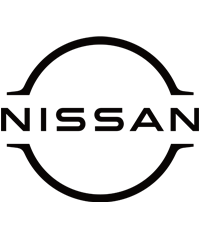Nissan is developing a new way to combine the technologies used in rail travel and EVs.
East Japan Railway Company (JR East), one of the country’s leading rail providers, is trialling repurposed Nissan LEAF batteries in its crossings.
Railway crossings are essential for train operation and road safety – and to make sure they operate properly at all times, rail companies install emergency power supply units at each one.
Currently, these emergency power supply units use lead-acid batteries. However, efforts to replace these with repurposed LEAF batteries began in January 2021 at the Atago railway crossing on the Jōban Line, which runs through Minamisoma City in Fukushima Prefecture.
A Nissan LEAF’s lithium-ion battery retains 60 to 80 per cent of its electricity storage capacity at the end of its lifecycle in a car.
Therefore, by reusing used EV batteries, that remaining energy capacity can be directed elsewhere, such as into new replacement vehicle batteries or stationary batteries.
Improved performance
Nissan’s partner, 4R Energy Corporation, is responsible for this effort.
For Kaito Tochihara, assistant chief researcher at the East Japan Railway R&D centre, when it comes to emergency power supply, switching from lead-acid to repurposed EV lithium-ion batteries not only promotes sustainability, but also leads to improved performance from the battery itself.
“With lead-acid batteries,” he said, “we have to periodically visit railroad crossings to check the state of charge and any deterioration. However, with repurposed lithium-ion batteries, there is a control system attached, similar to an EV, so we can remotely check the battery’s status.
“This should lead to improved maintenance standards. This system also enables preventative maintenance by informing us of the battery’s status before its voltage becomes too low.”
4R Energy Corporation became operational in 2010 – the same year as the Nissan LEAF launched. Anticipating the widespread adoption of EVs, the company’s aim was to make effective use of lithium-ion batteries after their service life in vehicles.
The Nissan LEAF, which is sold around the world, is designed to cope with various climates and conditions, of course. The same can be said for its lithium-ion EV battery.
This, Kinoshita says “is a strength suited for railroad crossings in harsh environments”.
The trials are now experiencing their first autumn. Tochihara is enthusiastic. He said: “In autumn there are lots of lightning storms and typhoons.
“We will continue to analyse battery performance, building on promising initial results. We will also use feedback from those who maintain the railroad crossings.”




